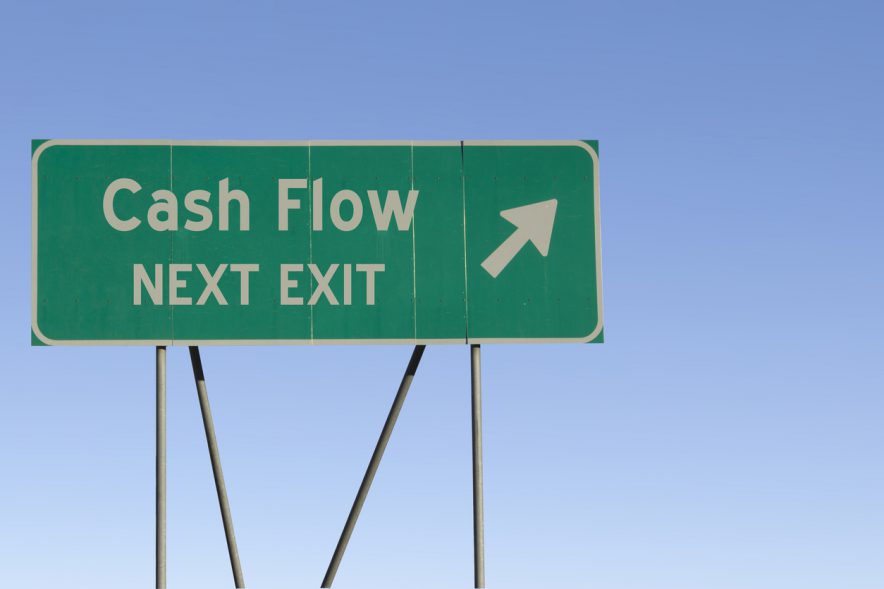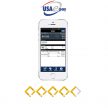
Business Cash Advances Explained
If you need fresh money to invest in your business, your options are limited these days. Banks are reluctant to loan money, especially to small businesses, excessive borrowing on your personal credit might not be the answer either, and turning to other companies where you have to secure the debt on your personal assets isn’t the best way forward. But there is another possibility: a business cash advance (also known as merchant cash advance).
How Business Cash Advances Work
You begin by applying for the business cash advance from your payment processing provider. When you submit the application form, you’ll include some additional information like your recent credit card receipts, banks statements, other financial records etc.
If the application is accepted, you’ll receive the funds, and you can use them for any business purpose; you’ll then pay back the advance from your daily card receipts. Another way of doing this is to repay the advance from your ACH payments. With this method, the money would be taken from your bank account. Either way, your cash payments won’t be affected.
You’ll agree an ‘hold back’ rate with your payments processor, which is the percentage which be held back every day until the cash advance has been repaid in full.
However, there are some restrictions: they aren’t for new businesses who don’t have a proven track record of credit card receipts, and if you have a history of bankruptcy you won’t qualify for a cash advance.
Understanding Repayment Terms
To understand the amount of money you’ll have to pay back, they’re two terms you’ll need to be familiar with: the factor rate and the retrieval rate. We’ll explain the factor rate first.
When you apply for a cash advance, the payments processor will undertake a risk assessment that will decide your factor rate. As NerdWallet explains, the factor rate can vary from 1.2 – 1-5, and the higher it is, the more it will cost you to take out a cash advance.
The retrieval rate is the percentage fee charged by the payments processing company. The retrieval rates will vary from company to company, but can start from 10 percent. So, if you were to borrow $50,000 with a retrieval rate of 10 percent, you’d be paying it back at $5,000 a month.
Before you accept the advance, ensure you are clear on the terms, the total interest rates, and how much you’ll be paying back. Don’t feel obliged to take the first offer you receive and look around at alternative funding options as well. If you have any questions, speak to the payments processing company and get clarification or seek independent advice.
Cash Advance Advantages
There are several advantages, but perhaps the biggest one is that what you’re paying back is based on your credit card receipts, rather than a set amount. With a loan, you’d have to commit to set amount regardless of how much you were earning. Others advantages include:
- Advances tend to get paid quickly so if you’re in a hurry to get repairs completed, need stock in a hurry so you can start expanding your business, or your need a new premises or equipment to improve the way your business works, you won’t have to wait long to find out if you’ve got approval.
- Cash advances might be a good alternative for people with poor credit records who might find it difficult to get a loan. If you find you can’t get a loan from a bank or loan company because of poor credit, then a cash advance could give you the funds you need to invest in your business.
Cash Advances vs. Loans
One way cash advances differ from loans is the higher interest rates. This is because cash advances are not regulated in the same way as loans, so there aren’t the same limitations on interest rates.
The payment terms are also different to that of loans. Usually, loans are scheduled to be paid back over a set period of time. While cash advances are usually paid back within approximately 6 – 18 months, and sometimes longer, there isn’t always a set repayment time, but this can vary from company to company.
Cash advances are also unsecured. If you were to take out a loan, you might be securing it against property or some of your possessions, you’re not doing this with a cash advance.
Is a Business Cash Advance for You?
If used properly, a business cash advance can help in growing your company when invested wisely. However, this type of funding won’t be suitable for every type of business or scenario. Here are some examples of when a cash advance might not be the right decision for your business:
- It’s not going to give you a good return on your investment. If used properly, a cash advance can offer an effective return on investment. There are some insightful case studies available online that illustrate how well cash advances can work if used wisely.
- If your business earnings are likely to deteriorate in the future, or if they are inconsistent, you might not able to cover the advance. If this occurs, you are going to default on your payments and you’ll be in breach of your contract.
- If your business margins are too fine and losing the daily percentage might be too much for your company.
Conclusion
Many SMBs find it difficult to obtain loans from their bank; this leaves them with a limited number of choices for investing in and growing their business. This is why a cash advance might seem like a good idea.
A cash advance provides fast cash for new inventory, business expansion, refurbishments, or your other business needs. However, it also comes at a price. Business cash advances have high APRs and you don’t gain any benefits from paying them off early, even if your profits allow you to.
If you do decide to take out a cash advance, make sure you understand the terms you’re agreeing to and always shop around for the best prices before committing yourself to any one company.
Ready to get started?
Get in touch or create an account





